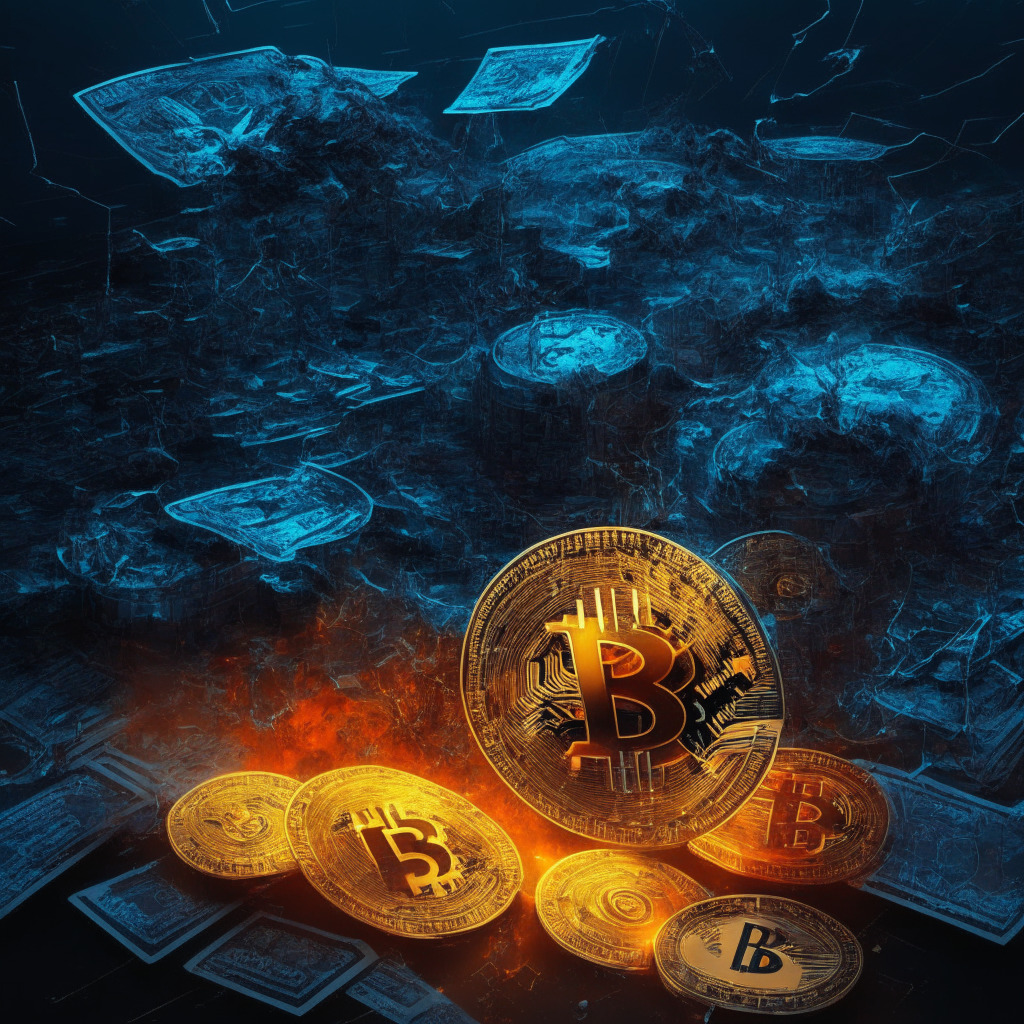The recent appointment of a new CEO, John Ray III, at the once-disgraced FTX exchange has led to whispers of a possible FTX 2.0. In January, Ray hinted at the potential reboot, and his latest expense filings show 6.7 hours spent on items related to “2.0.” While there is no concrete evidence of the exchange’s revival, the CEO himself has not discounted the possibility, stating that “everything is on the table.”
Last month, the exchange’s lead attorney, Andy Dietderich, also mentioned the possibility of restarting operations. However, he emphasized that such a decision would require significant capital and that it is just one of the many options being considered. Interestingly, there have been reports of VC firm Tribe Capital expressing interest in leading a funding round for the project.
Despite this renewed enthusiasm, there are still some in the industry skeptical of the reboot’s feasibility. The original FTX exchange was plagued with technical issues such as high latency and software bugs, which ultimately led to its financial collapse in 2022. Given the extent of repair that would be required to fix these problems, critics argue that starting a new exchange from scratch would be a more prudent move.
Furthermore, there is the question of FTX’s former token, FTT, which saw a 12% increase following the news of a potential reboot. However, the likelihood of FTT playing any significant role in the new exchange is slim, as the Securities and Exchange Commission currently views it as a security.
While the idea of FTX 2.0 may be enticing to some, the obstacles it faces create significant doubt. A reboot could offer existing customers a renewed interest, but it would also have to contend with the previous version’s tarnished reputation. In addition, addressing the original platform’s technical deficiencies may prove to be more time-consuming and costly than simply building a new exchange.
As it stands, the possibility of an FTX 2.0 remains just that – a possibility. Although John Ray III’s appointment as CEO and his recent activities have certainly fueled speculation, concrete plans for the exchange’s future have yet to be revealed. All eyes will be on the company as it weighs up its options, and the crypto community will no doubt be watching with bated breath.
Source: Coindesk




